SS 26 Decodings: Eco-innovation The - Spring-Summer 26 - Fabrics - Fabrics
Driven by the Refresh theme, Spring-Summer 2026 is shaping up as a response to the climate challenge, a major issue for the fashion industry today. In a context where the frequency and intensity of heatwaves can impact supply chains, production, and working conditions, the season is encouraging a reconsidered approach to processes and developments, combining creativity with adaptation to social and environmental challenges.
Supported and strengthened by traceability tools and solutions, the sustainability approach requires careful attention at every stage of a product’s life cycle, from raw material sourcing to end-of-life disposal. The Digital Product Passport, due to be implemented from 2027, will allow transparency on product origins, environmental impact, and care instructions. To address key sustainability concerns, new solutions are emerging, some are transitioning to industrial production, while others are becoming mainstream and diversifying.
Durability: a key criterion at the heart of an eco-responsible approach
Durability is essential to building more responsible models, relying on high-quality materials, eco-design, and alternative business models. Repair, resale, and rental services are expanding, but require solidity-focused design choices from the outset. For natural plant-based fibres, selecting premium-quality fibres such as SUPIMA cotton, a superior long-staple cotton, ensures greater longevity. On the synthetic side, the most resistant fibres, particularly recycled options such as Re-Cordura®—a high-performancerecycled fibre—offer a durable and efficient alternative.

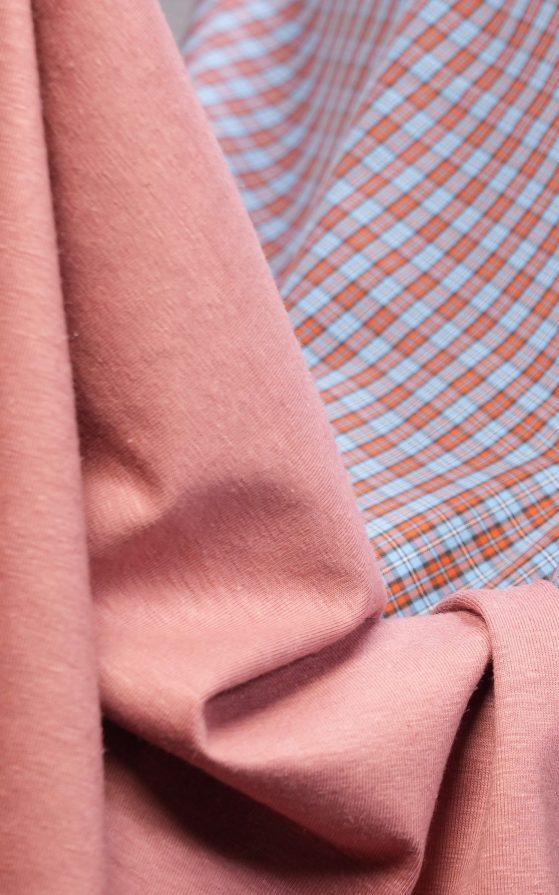
Raw material origins: challenges and solution
For natural fibres, organic farming practices—which help preserve soil fertility and enhance water retention—are expanding, especially for cotton. In terms of traceability, GOTS and OCS certify the organic origin of fibres, while tools like Oritain now provide scientific verification.
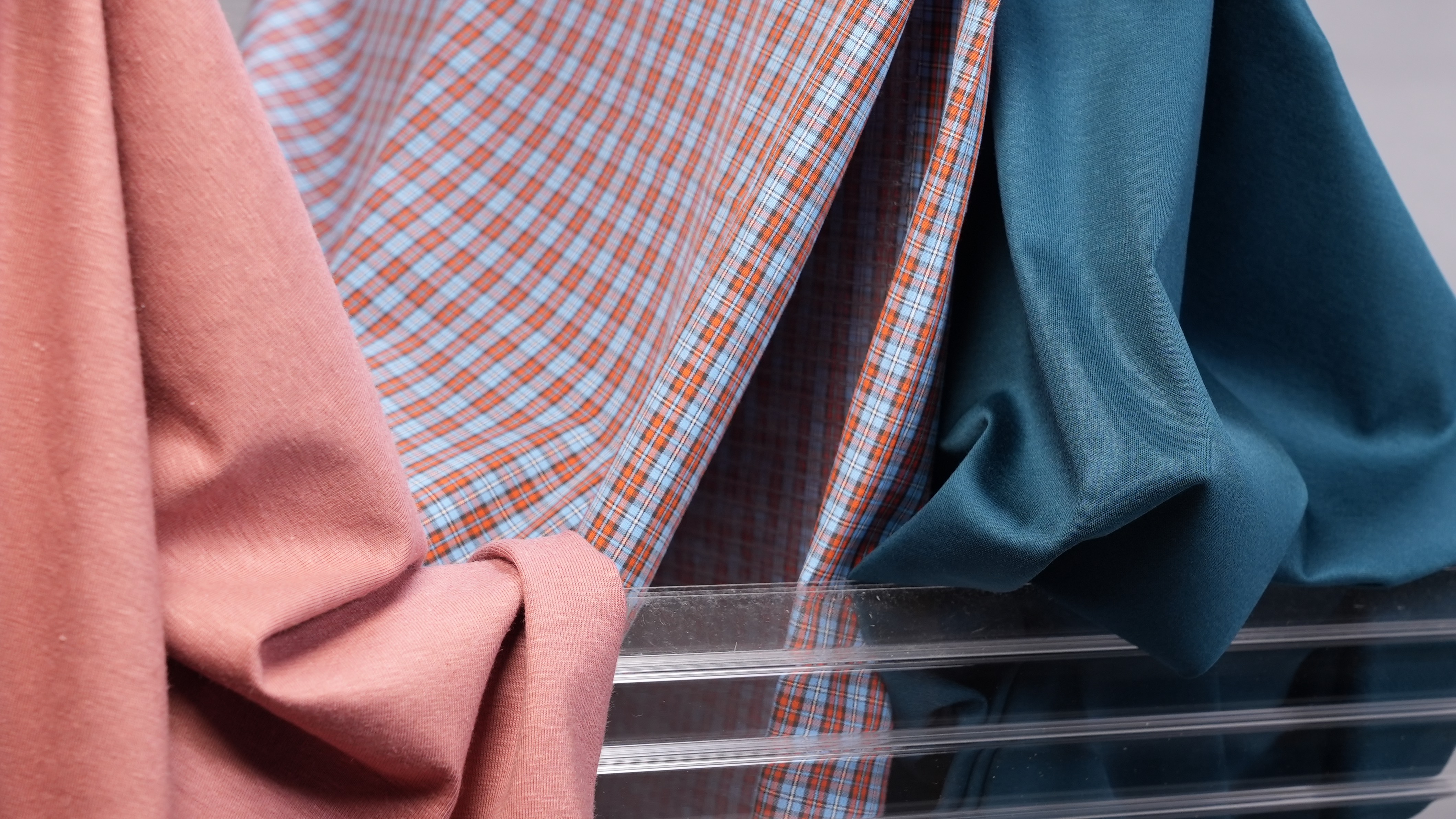
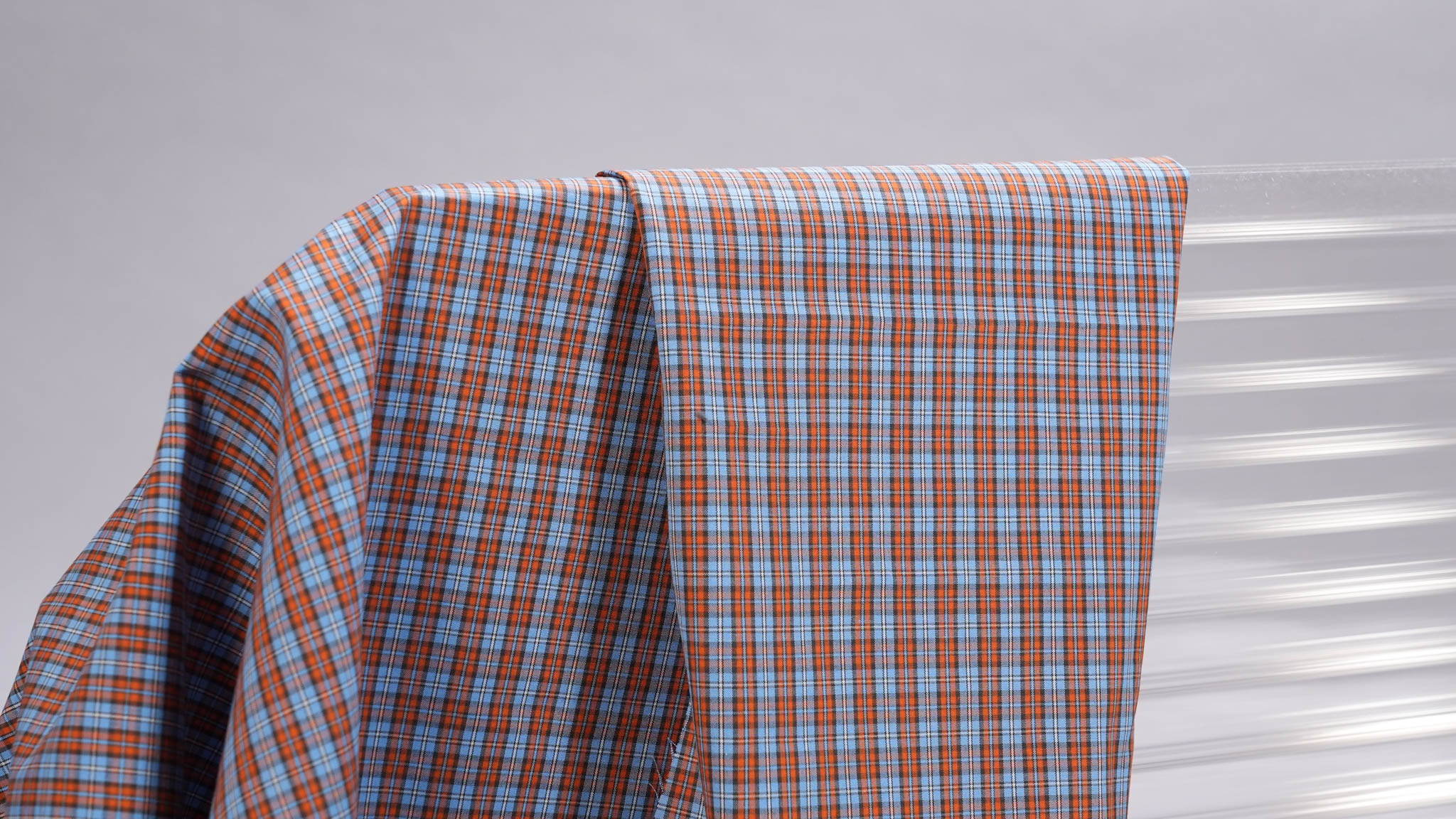
Meanwhile, regenerative cotton farming is going beyond the reduction of negative impact and aims to restore ecosystems and soil fertility while adapting to local conditions. By generating sustainable incomes and valuing farmers’ efforts, this ensures better CO₂ sequestration, improves water retention, and enhances biodiversity.
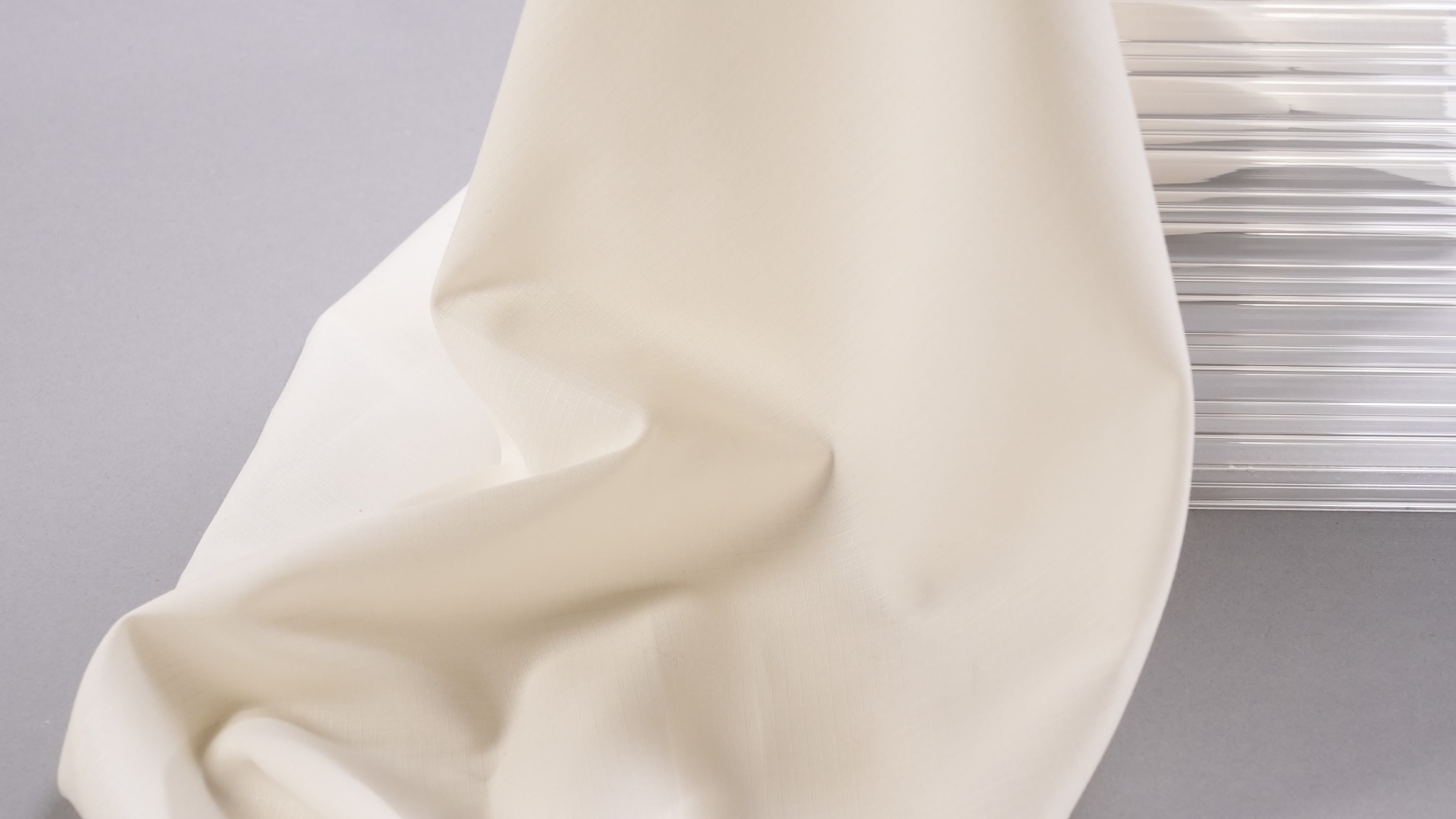
Low in inputs, linen is providing natural freshness this season across various product categories, from drapery and knits to shirting and silks. The certified versions such as European Flax (for Western European cultivation) and Masters of Linen (ensuring European processing from spinning to weaving) guarantee high standards.
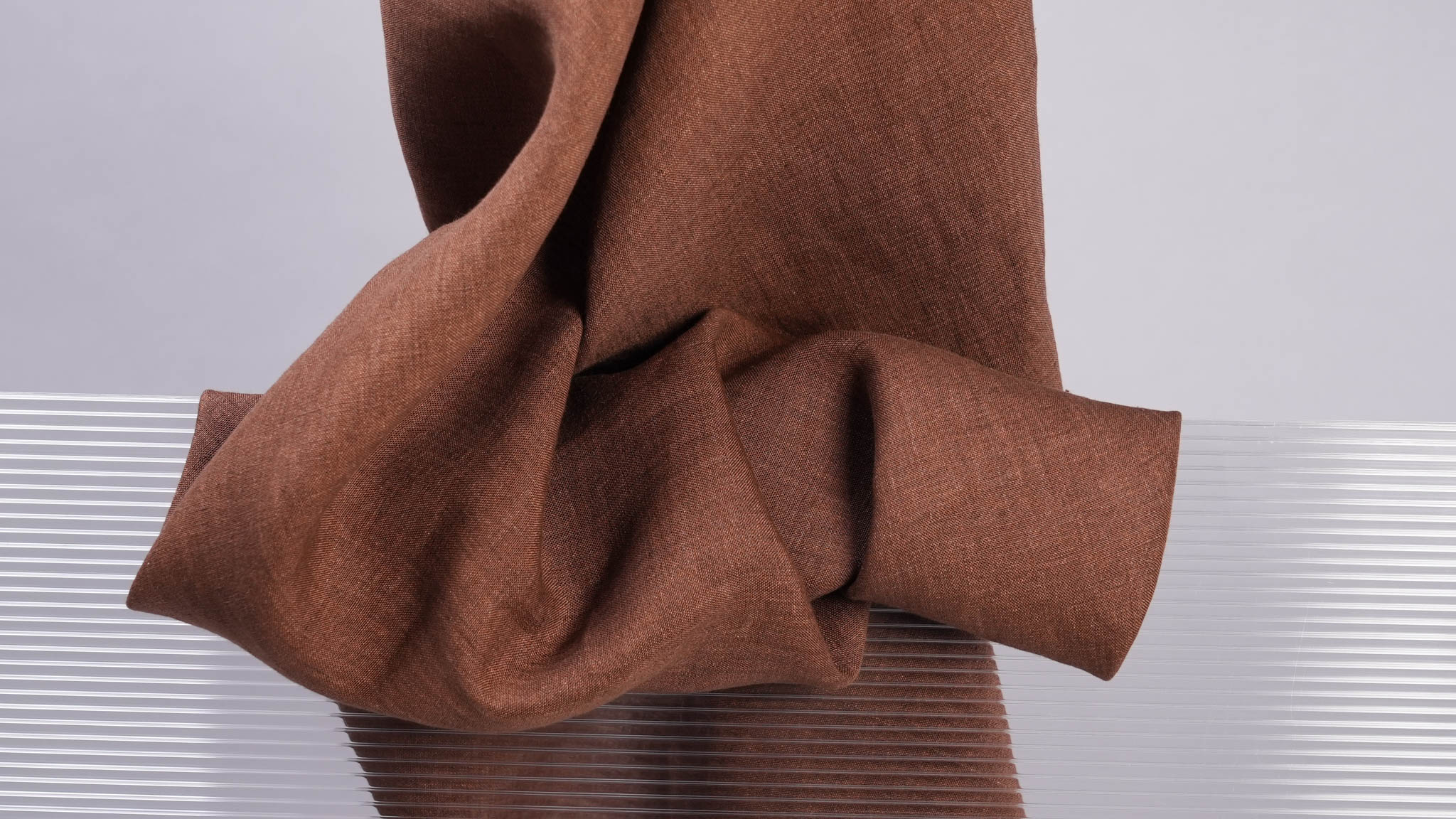
Wool producers are addressing animal welfare and overgrazing concerns with certifications guaranteeing non-mulesed wool and improved land management practices.
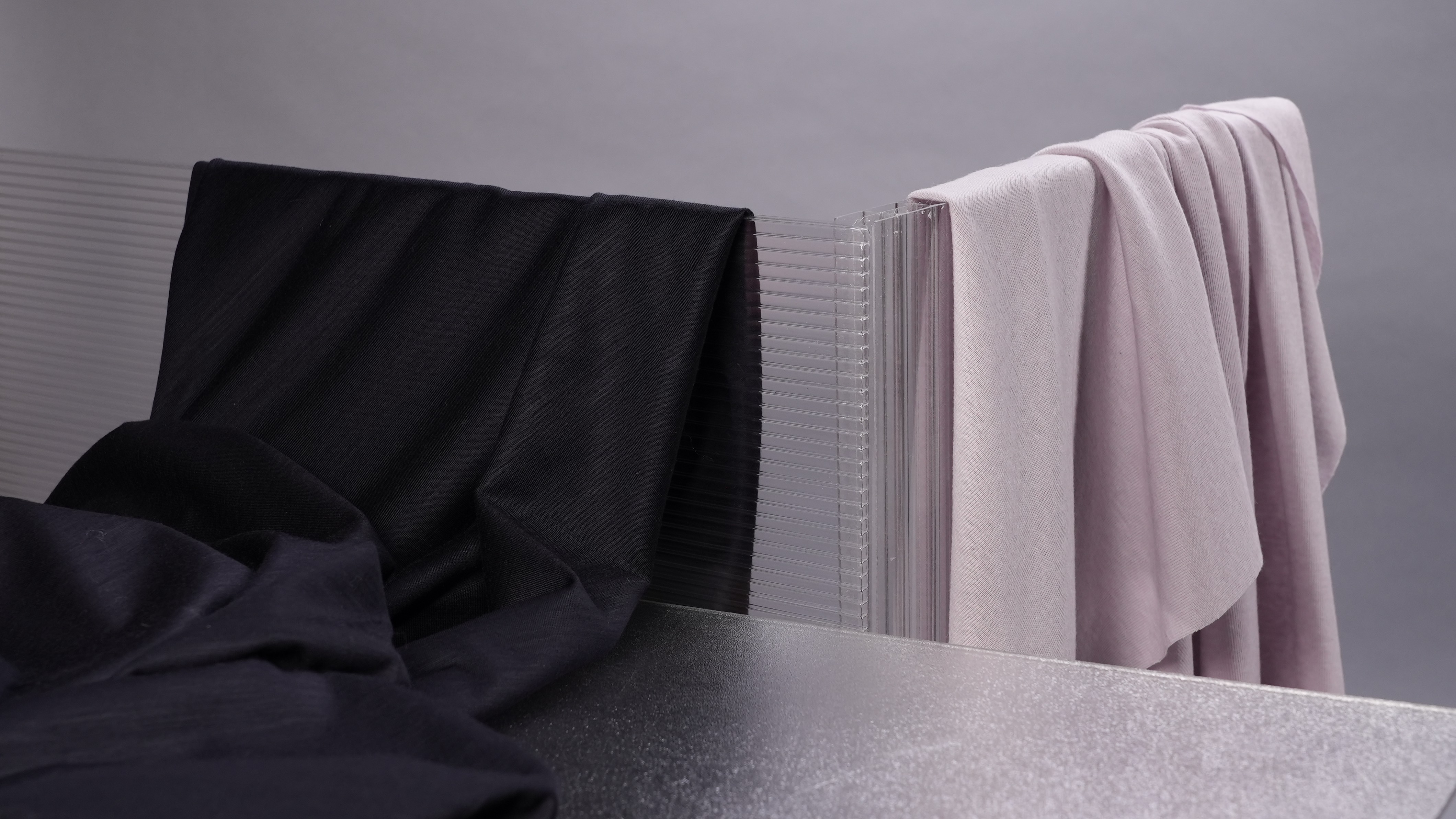
To combat deforestation and reduce chemical impact, artificial cellulosic fibres are now available in FSC- or PEFC-certified versions, sourced from sustainably managed forests. These incorporate optimised processes, such as LENZING™ ECOVERO viscose, SEACELL™, and TENCEL™ Lyocell obtained from closed-loop systems, reusing 99% of the solvents.
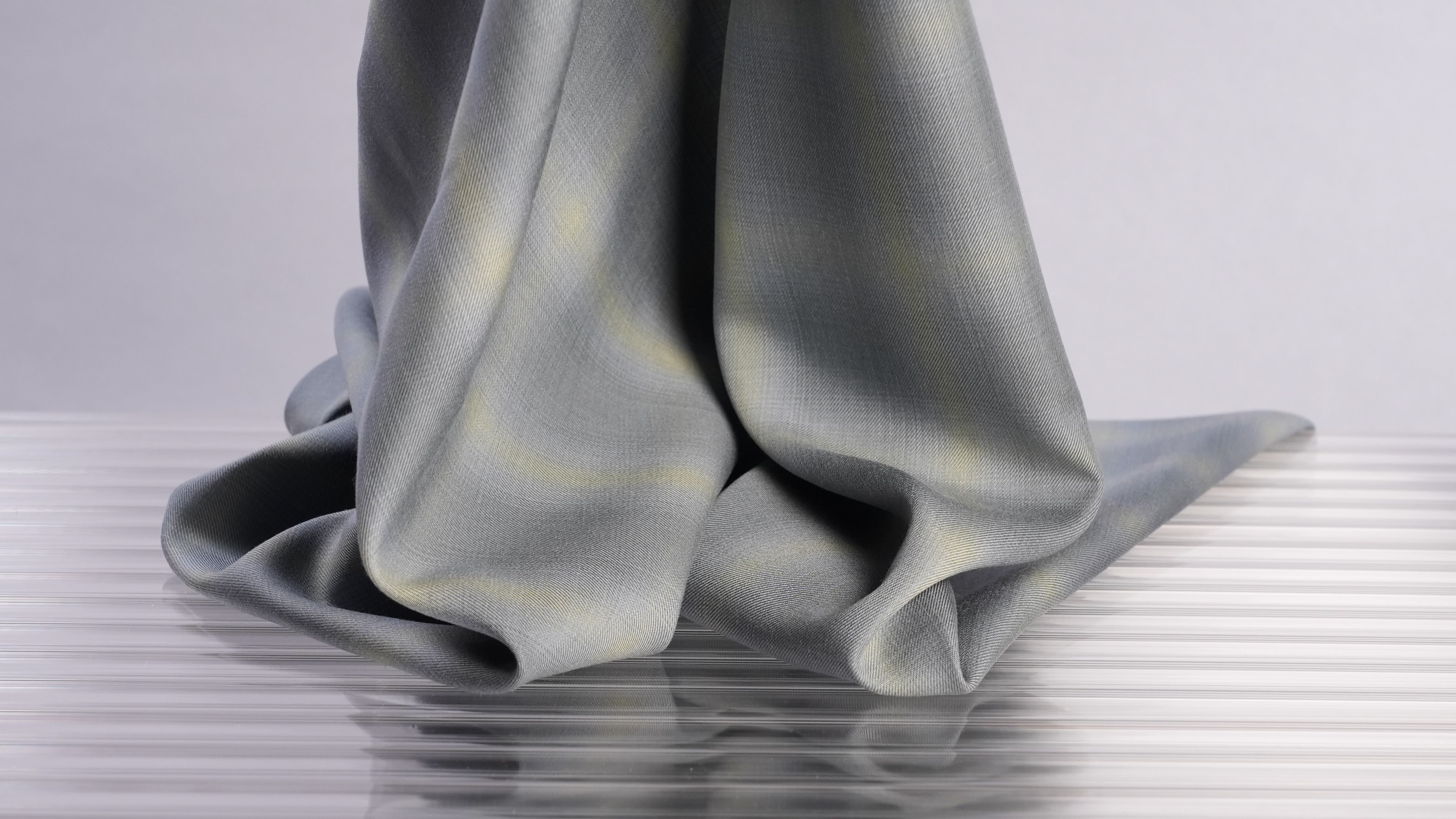
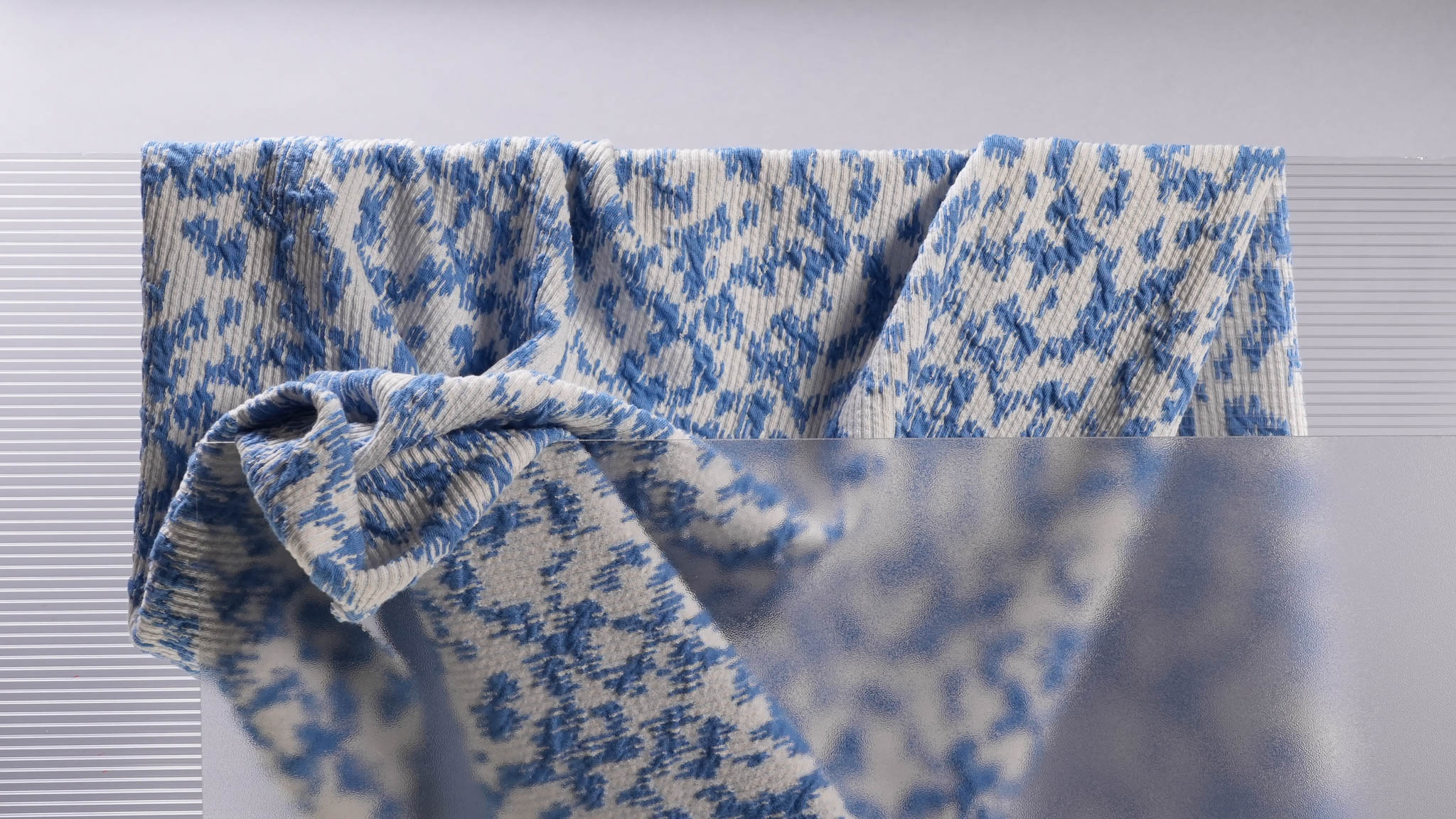
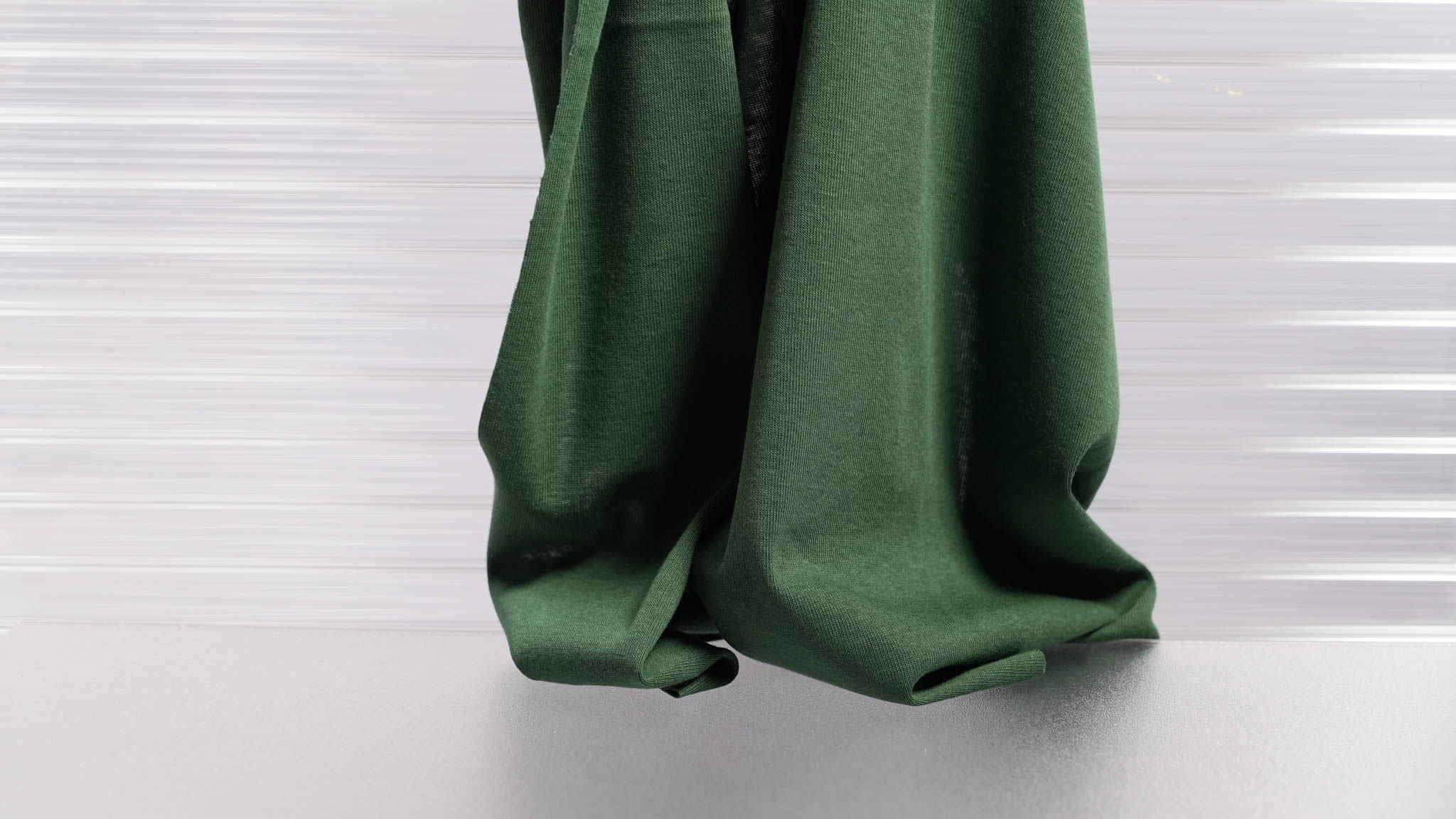
The Naïa™ acetate ensures responsible sourcing from sustainably managed pine and eucalyptus forests, while FSC-certified triacetate has recently been introduced. HeiQ AeoniQ™ viscose, another innovation in artificial cellulosic fibres, takes a circular approach, is made from Circulose® and agricultural waste, and possesses synthetic-like durability.
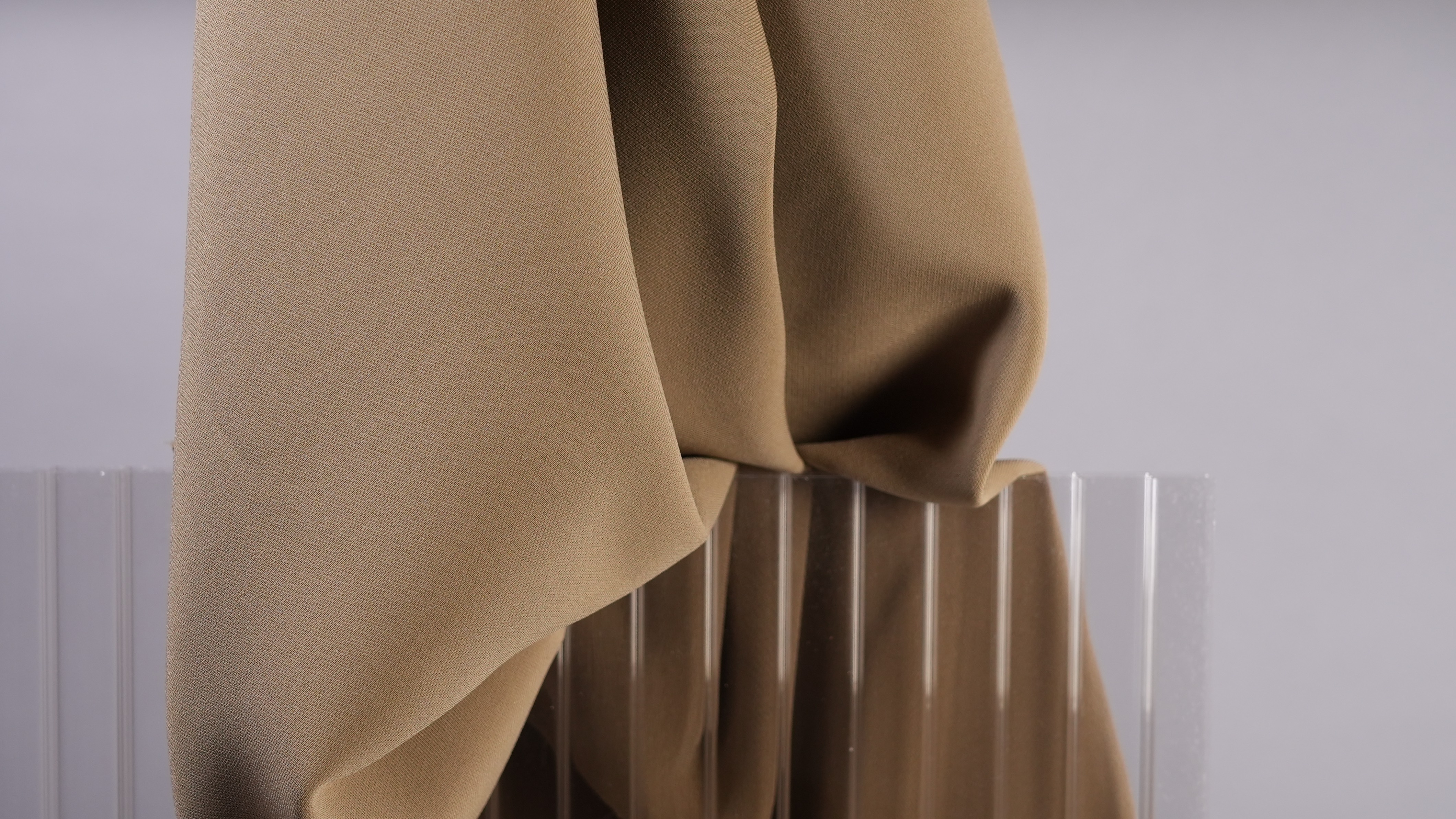

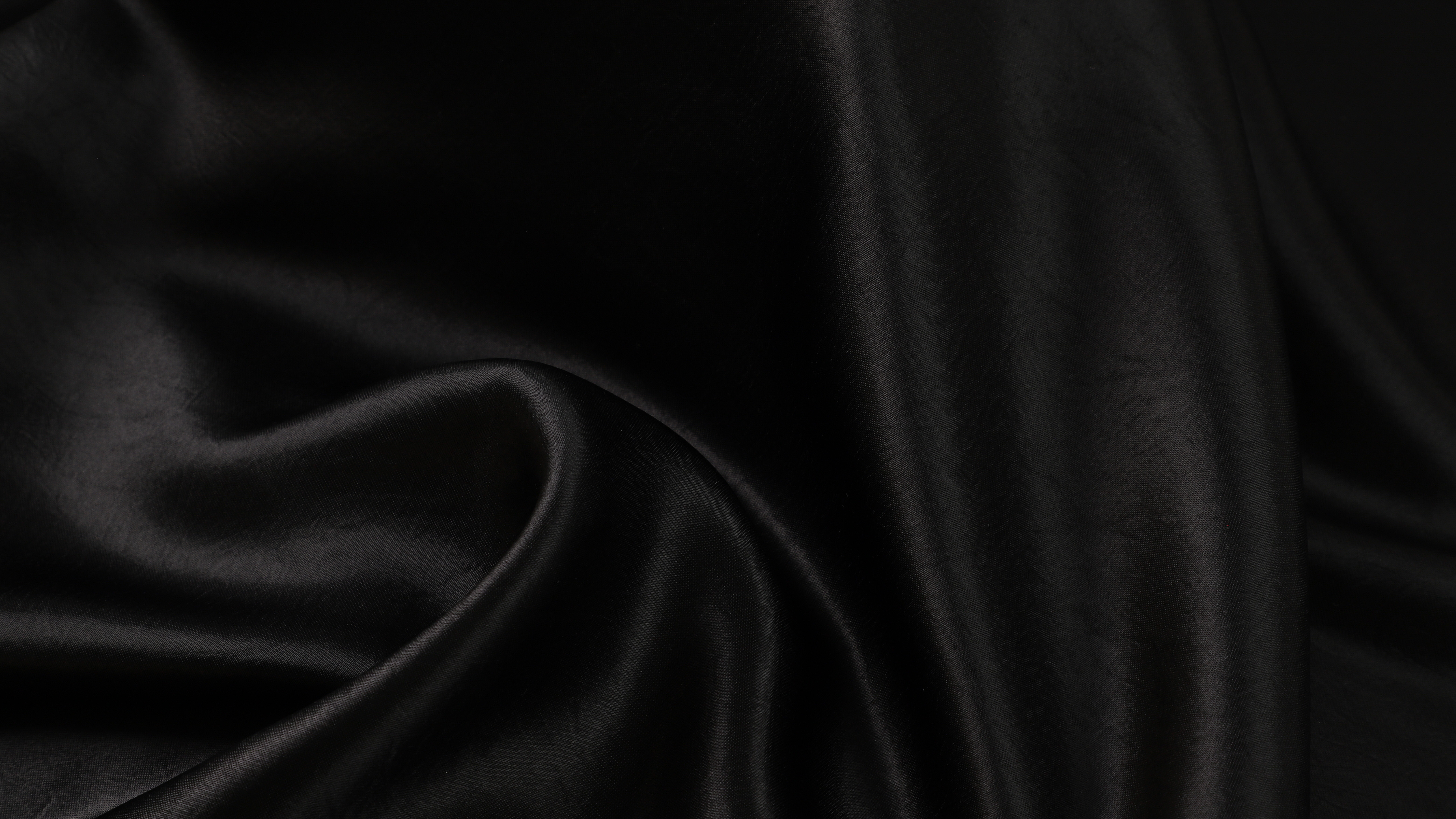
Reducing dependence on virgin fossil resources
The textile industry is exploring alternatives to conventional synthetics, which rely on non-renewable fossil resources and energy-intensive extraction and processing methods, which emit high levels of greenhouse gas emissions and contribute to microplastic pollution.
Among the solutions, recycled synthetics—which help reduce energy consumption and GHG emissions—are evolving and diversifying, from high-performance GRS-certified recycled polyesters to traceable recycled polyesters, lace, and sequins.
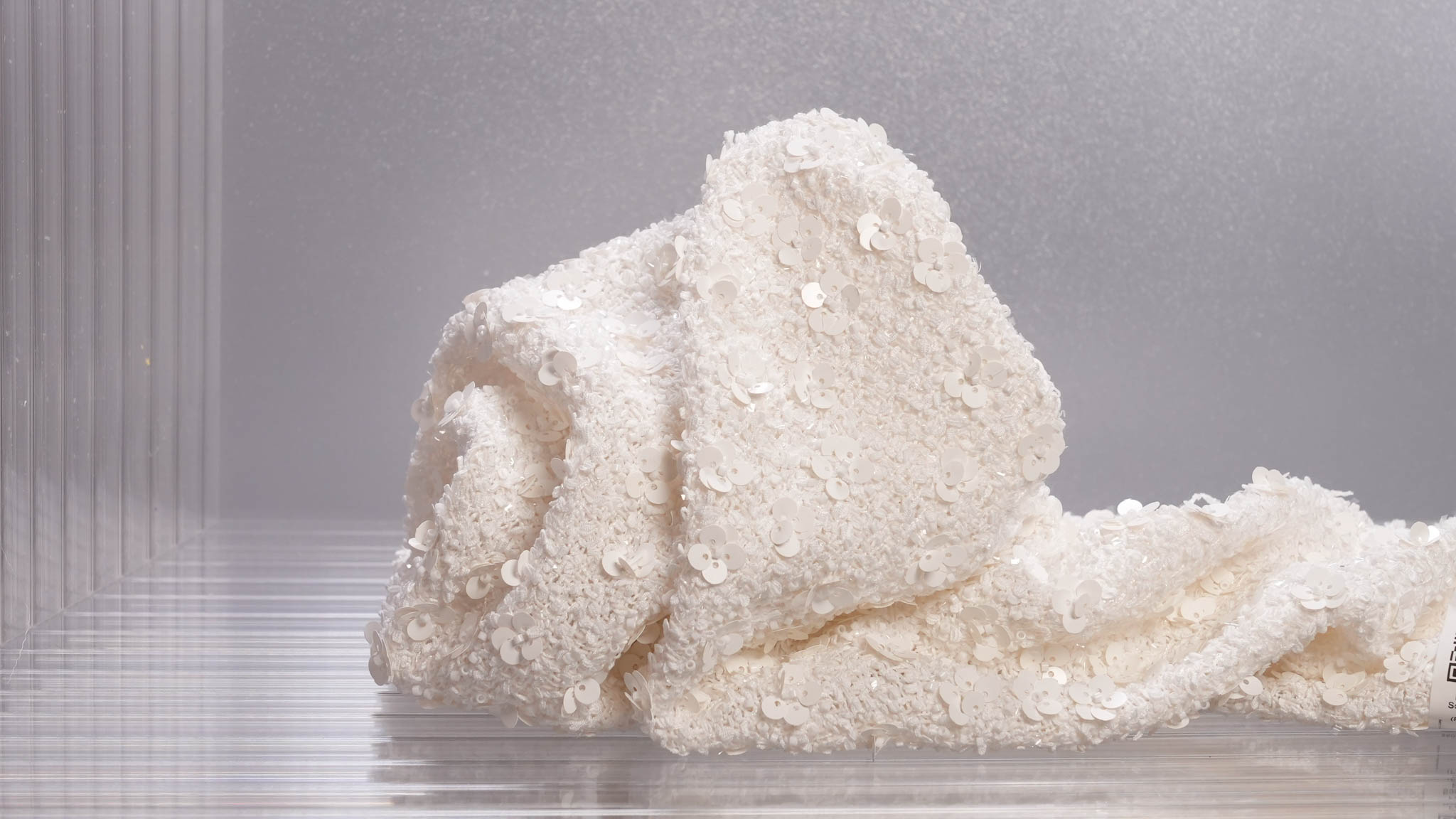

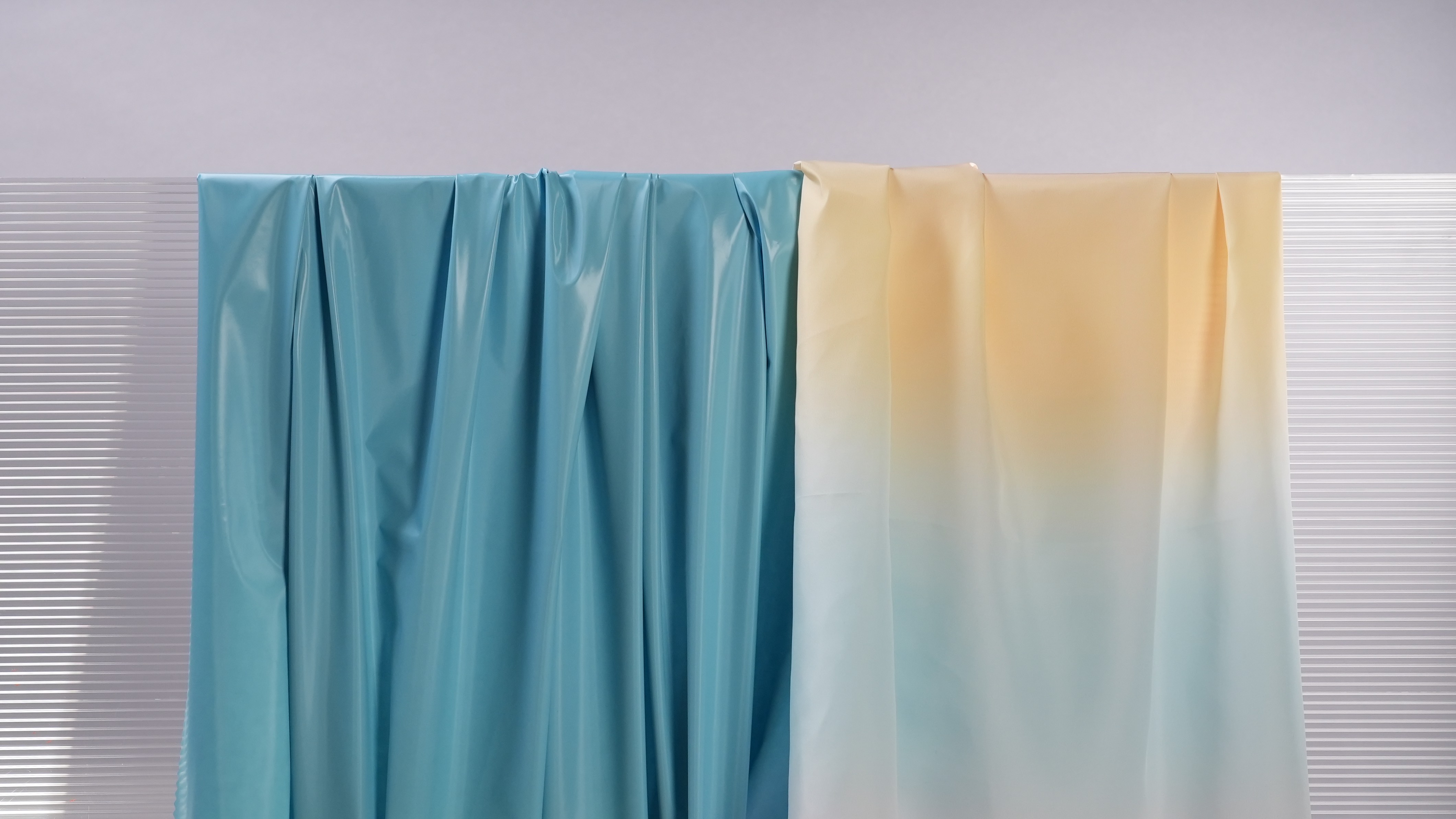
In addition, solutions are emerging from the new bio-based polymers derived from renewable natural resources and being used in sportswear fabrics and knits. For example, PLAX™ silk-like materials offer greater durability, heat resistance, and more saturated colours than traditional PLA and are chemically recyclable. NOOSA™, another next-generation PLA, can be recycled via the Noocycle technology using non-toxic solvents.
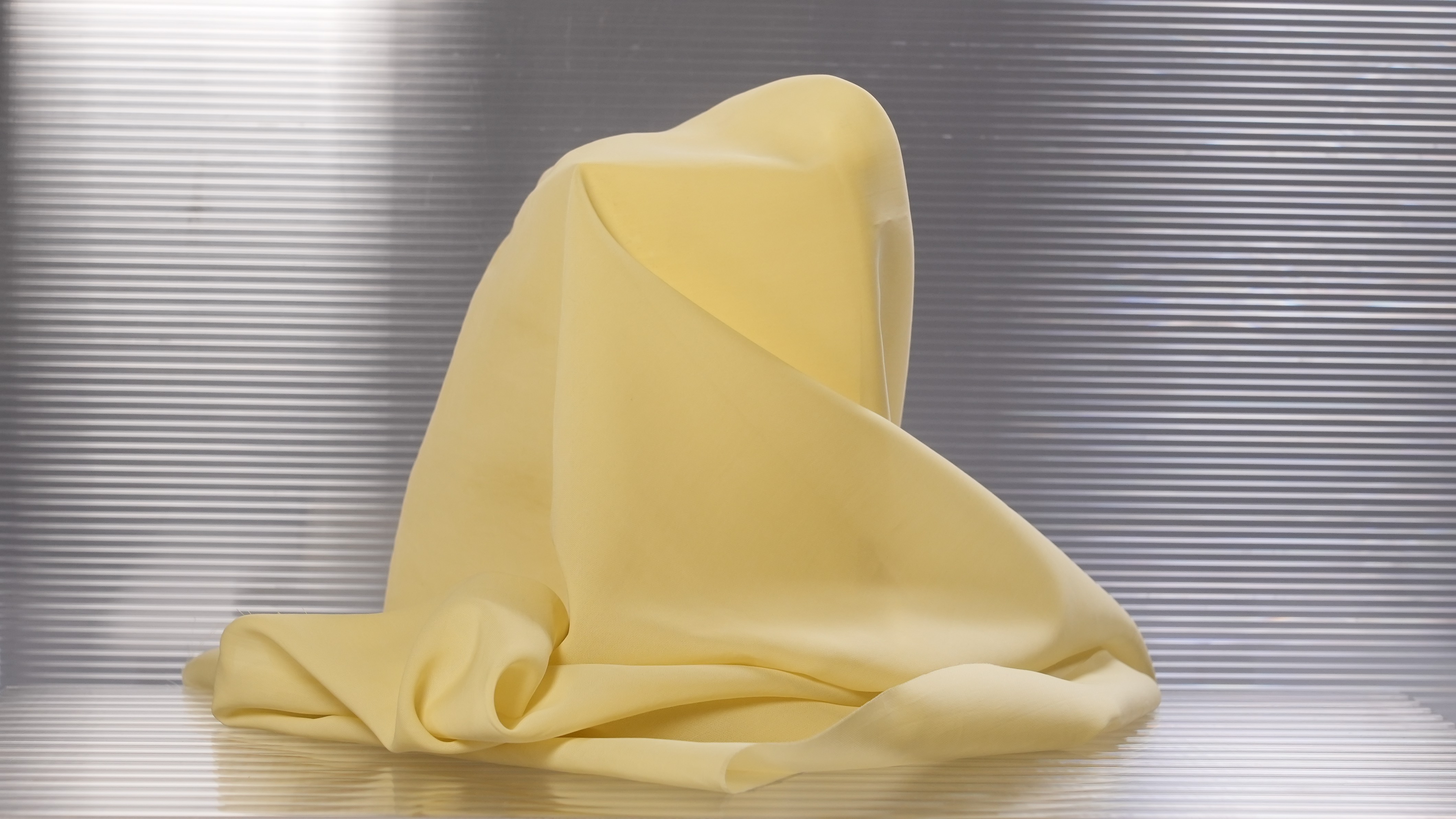
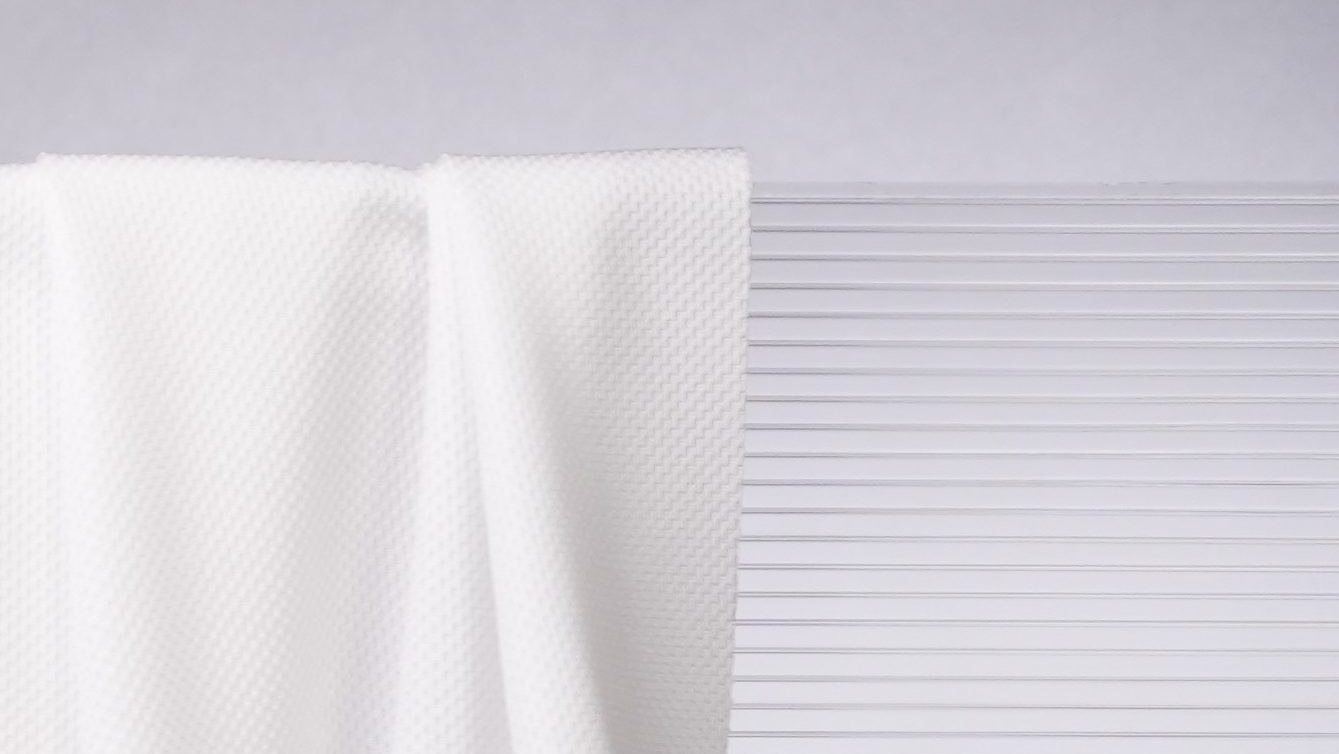
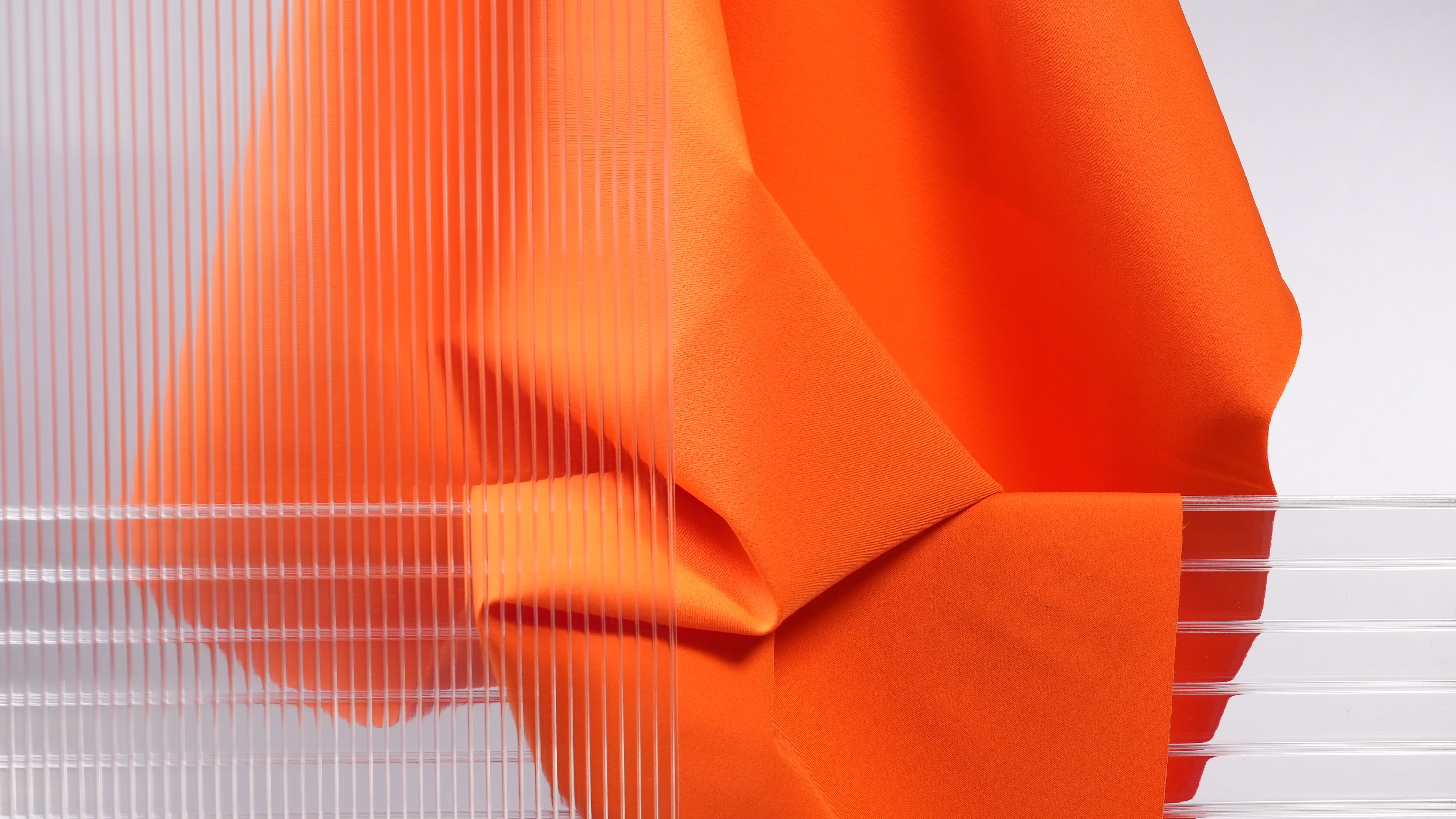
Now in industrial production, the Brewed Protein™ textiles by SPIBER are an alternative to virgin fossil-based resources while diversifying material options.

For stretch textiles, Roica V550® has been designed to decompose more quickly without leaving harmful residues in the environment. As for elastomultiesters, these offer enhanced chlorine, heat, and aging resistance, providing a more sustainable alternative to conventional elastane.
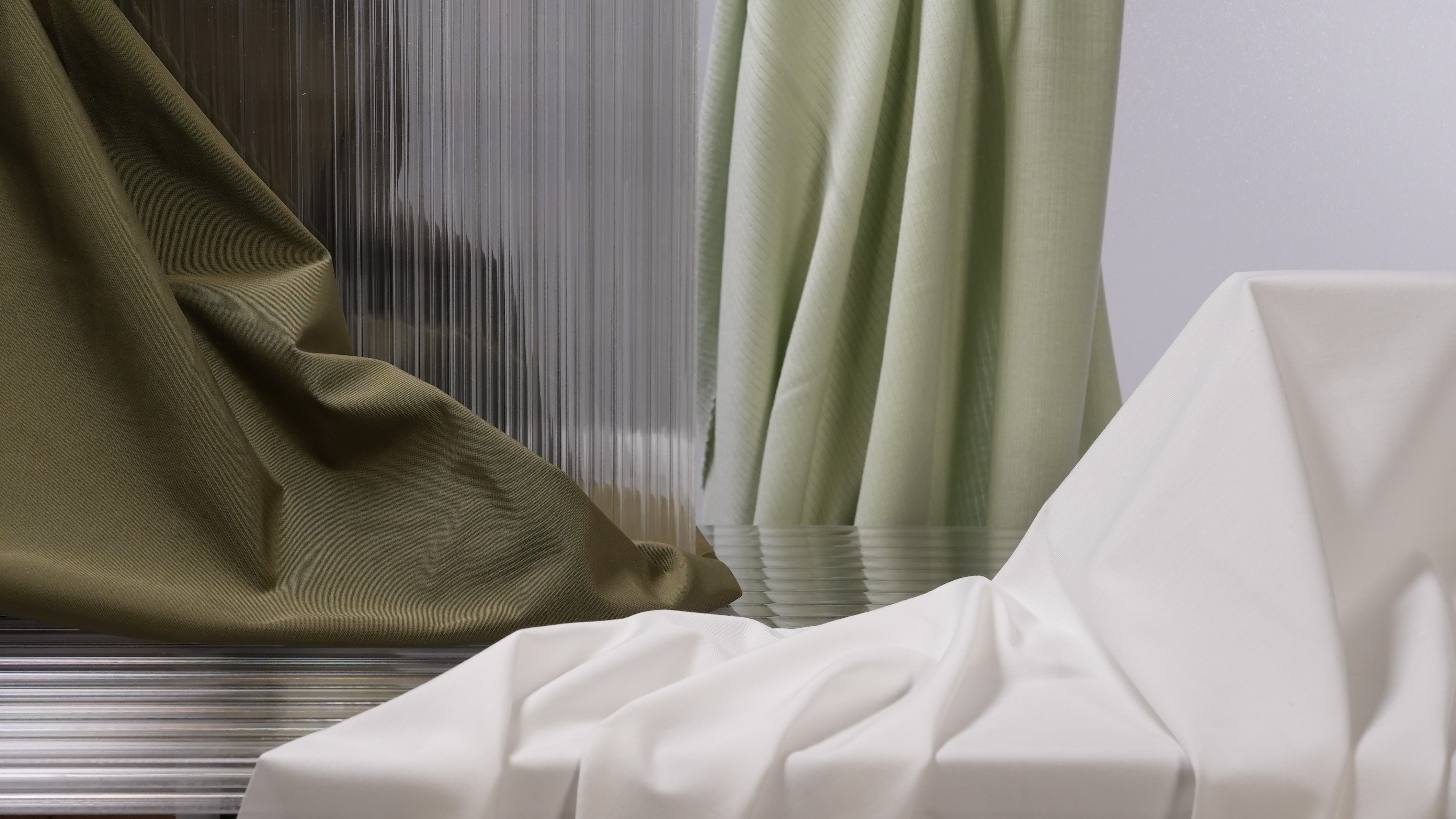
Minimizing chemical impact
Raw material choices are a first step in reducing chemical impact, yet various processing stages—from fibre treatment to finishing and dyeing—can pose major risks to both human health and the environment.
To address PFAs (perfluorinated substances), widely used for their water-repellent properties, outdoor and sportswear products are now available in PFC-free versions, ensuring waterproof, windproof, and repellent qualities without harmful chemicals.
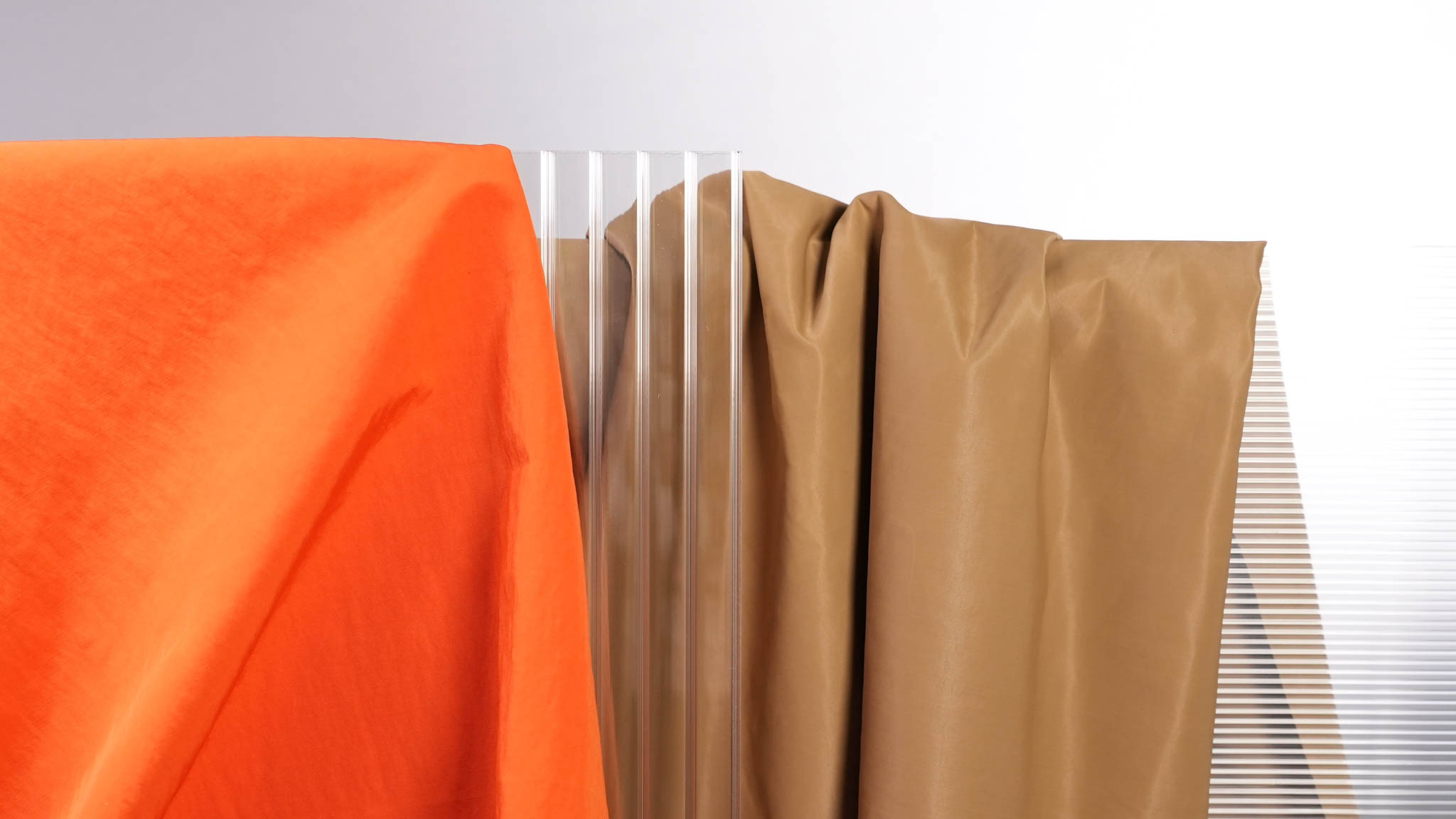
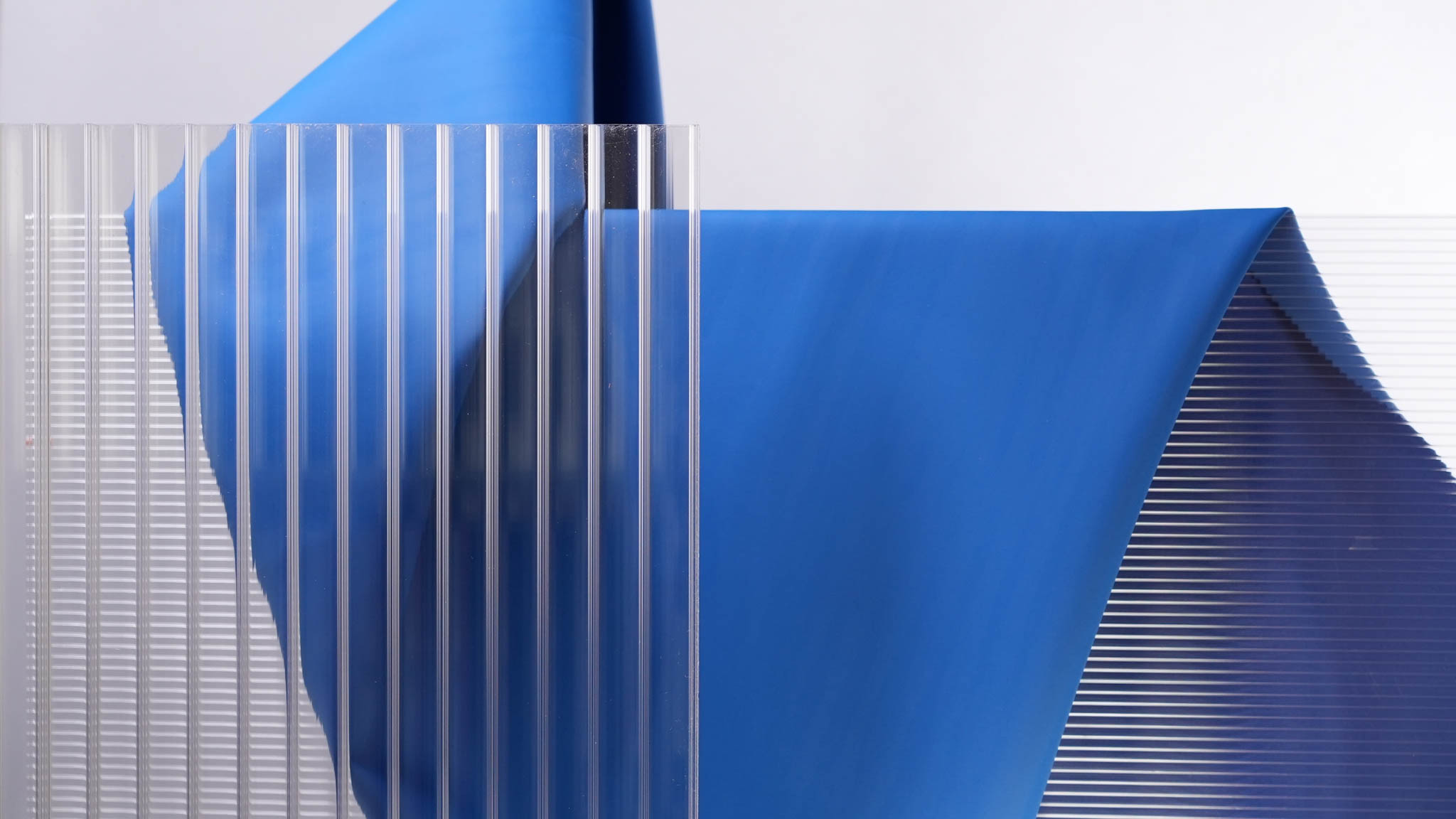
In response to the issue of microplastic pollution, NaNea by Ocean Safe has been developed as a synthetic material designed to avoid releasing persistent microplastics. This biodegradable additive-free fabric breaks down in soil and marine environments and is Cradle to Cradle Gold certified.
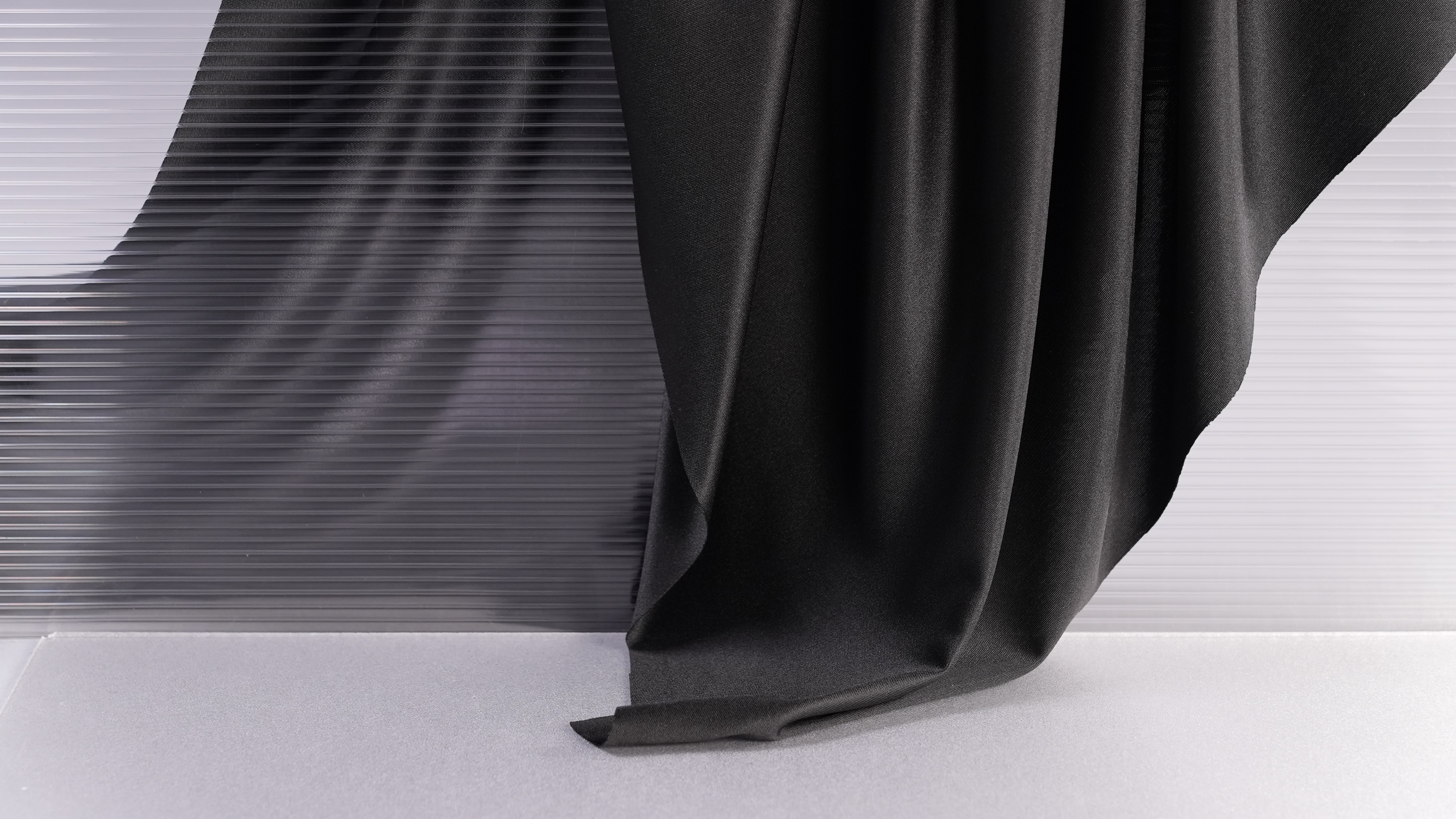
Read more about developments embracing circularity in our article: SS26 Eco-innovation Preview: Production Waste, a Promising Resource
